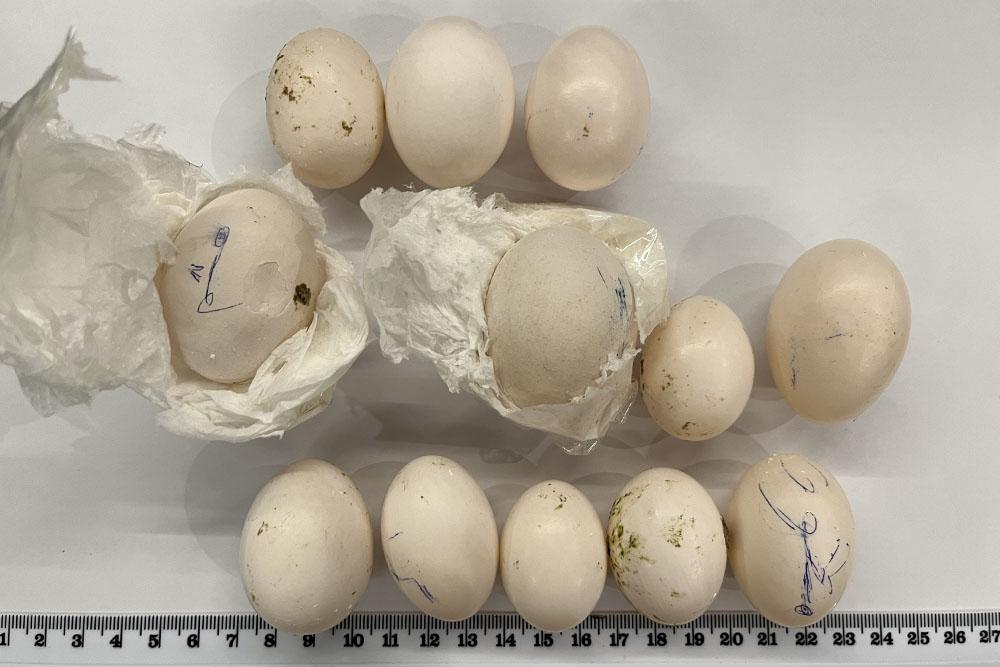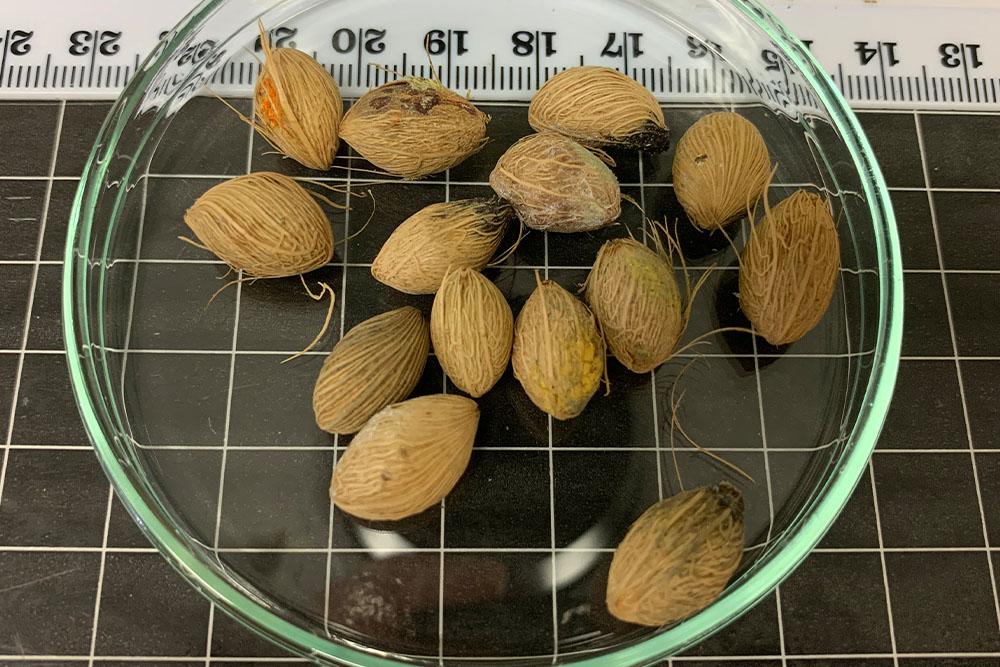A new guide on monitoring and evaluation processes for general surveillance programs is set to boost our biosecurity efforts.
General surveillance programs are vital initiatives that involves people from all walks of life to detect and report pests, weeds and diseases.
This reporting allows early detection of exotic species, and provides information that an area is free from certain pests and disease. This can help Australia’s trade and market access.
Ensuring these programs are cost effective and operating at their greatest potential is vital for success. And we can’t only rely on initial community buy-in.
Research shows that adaptive management and continuous improvement are also crucial for success.
Consistent monitoring and evaluation are planned activities that can help teams manage and improve programs while providing supporters and funders with solid information about program performance. The new guide was developed by social scientists in the Australian Bureau of Agricultural and Resource Economics and Sciences (ABARES). It complements the guidelines already developed for implementing general surveillance programs ‘Making General Surveillance Work’.
The guide is being piloted by ABARES staff working with four selected general surveillance programs to test and refine it. After the pilot is completed, the guide will be published on the ABARES website.




